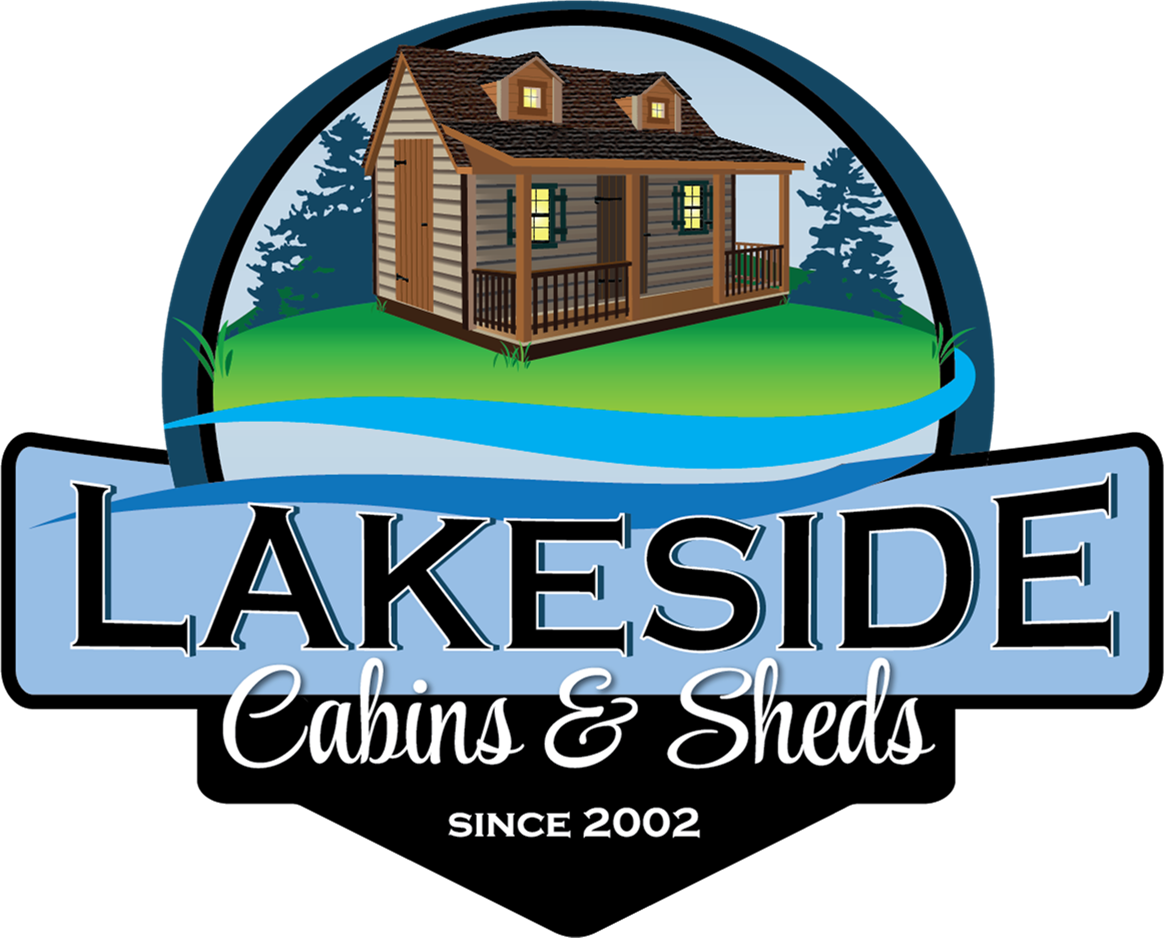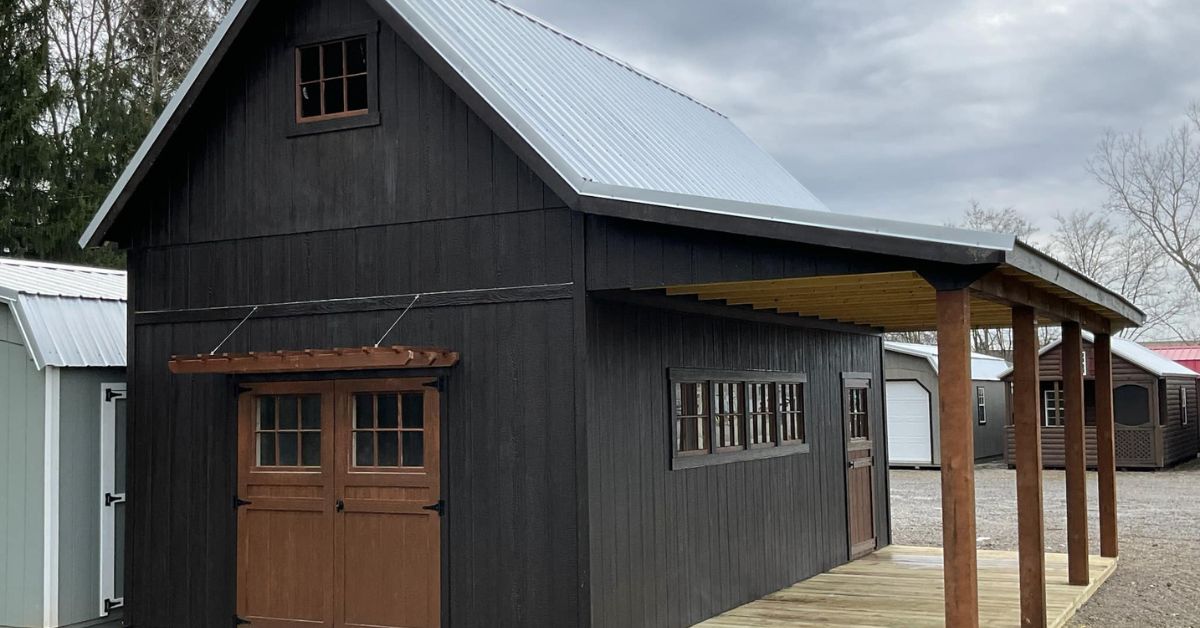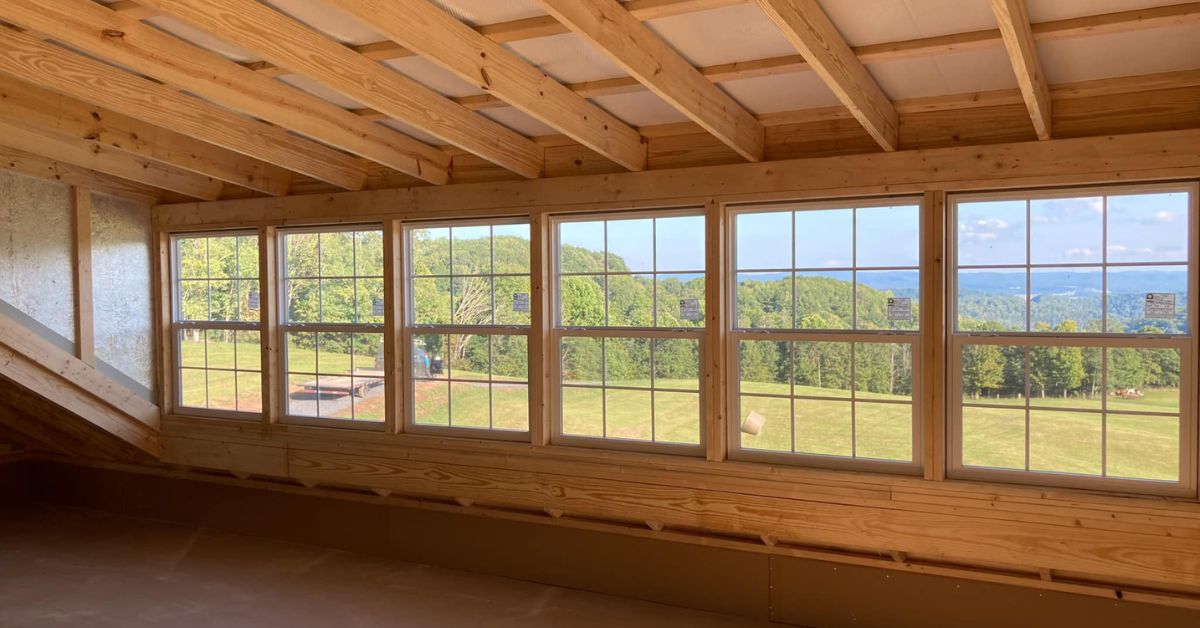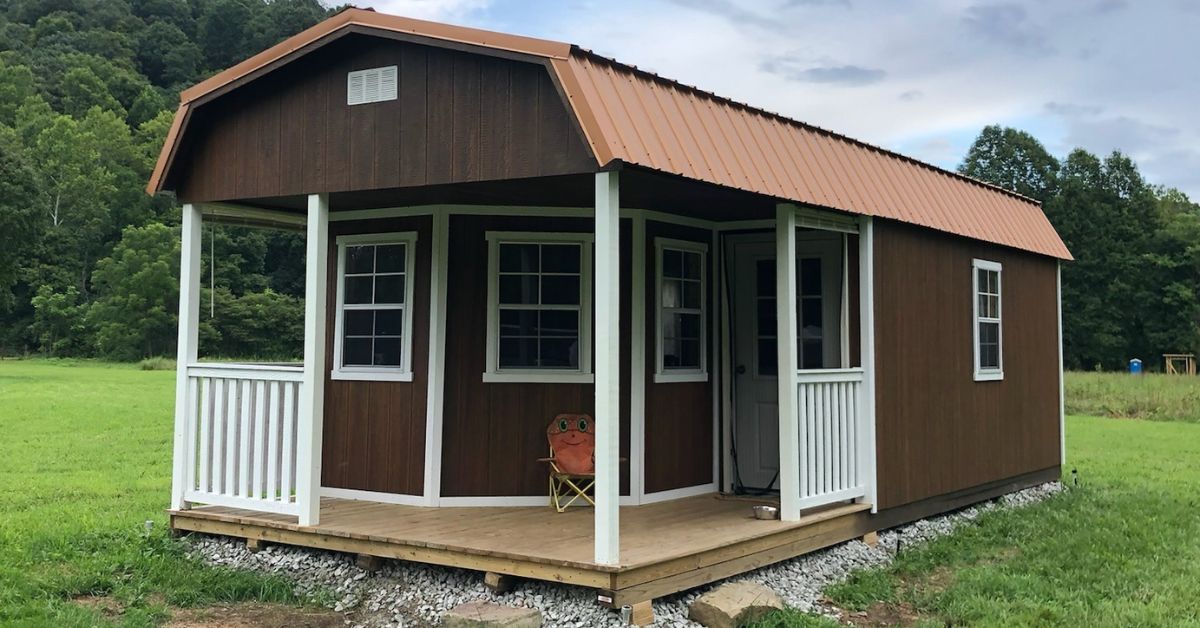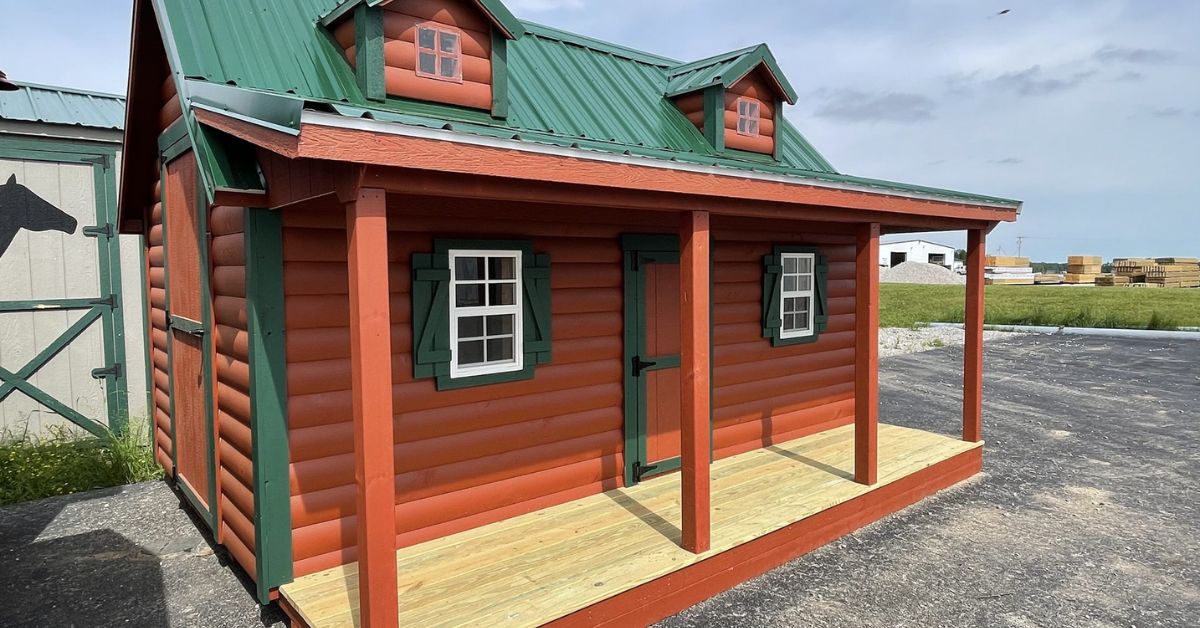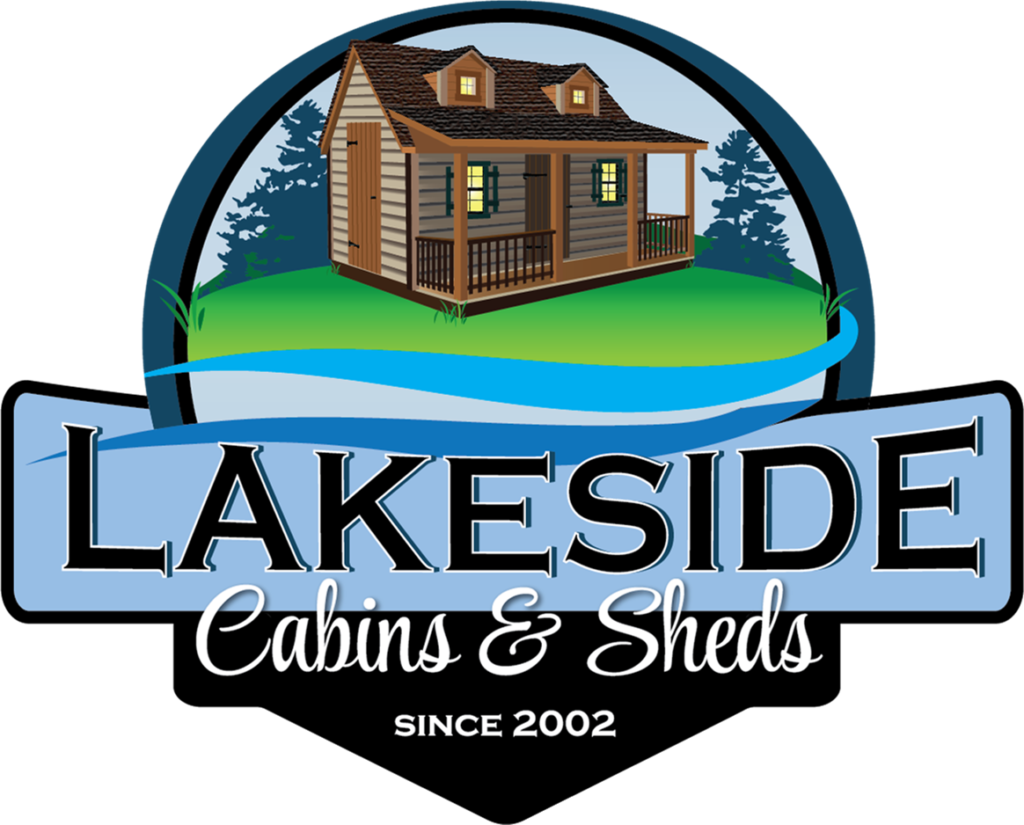Living off the grid has become an increasingly attractive lifestyle choice for many people. With the appeal of escaping urban noise, embracing self-sufficiency, and reconnecting with nature, off-grid living provides both a challenge and a vision of freedom.
For those who dream of sustainable, off-grid living, two concepts stand out in this growing trend: prefab cabins and Amish craftsmanship. Together, they form a harmonious union for creating high-quality, functional spaces that align beautifully with an off-grid lifestyle.
What Is Off-Grid Living?
Off-grid living is a way of life that bypasses conventional utilities and resources provided by centralized systems. For many, this lifestyle is about reducing reliance on public infrastructure. Off-grid households are likely to use renewable energy sources like solar panels, wind turbines, or hydropower. Additionally, this lifestyle encompasses managing your own water supply and growing or sourcing your own food.
The inspiration behind going off-grid varies from person to person. The challenge draws some people in, while environmental values and the desire for sustainability motivate others. Still, for others, it’s about simplifying life, replacing the clutter of modern convenience with the basics of survival and self-reliance.
Off-grid living extends beyond rustic cabins in the woods. Many adopt modern designs and technologies into their remote homes to create spaces that are as functionally adept as they are serene.
Advantages and Disadvantages of Off-Grid Living
Autonomy is one of the greatest appeals of off-grid living. People can take control of their resources and lifestyle, breaking free from the stresses of electric bills or fluctuating water usage costs.
Self-sufficiency is more attainable because of advancements in renewable energy and efficient resource management. For environmentalists, living off-grid means significantly reducing one’s carbon footprint and contributing directly to global efforts for sustainability.
This lifestyle also fosters a direct connection to nature. Without the constant hum of urban life, people can appreciate the sounds of wildlife and the beauty of seasonal changes. There’s an unmatched sense of fulfillment in living in harmony with the land.
However, off-grid living does not come without its challenges. For instance, managing the resources requires long-term planning and maintenance. Power storage for solar energy, heating for colder months, and sustenance planning require discipline and knowledge.
Additionally, moving away from the conveniences of urban life may mean periods of isolation for some individuals. While it can lead to freedom for many, it’s not without its trade-offs.

The Rising Popularity of Prefab Cabins
While off-grid living is a longstanding practice, prefab cabins are a more recent innovation that has become synonymous with this lifestyle. Prefab, or prefabricated, cabins are structures manufactured off-site and then assembled on your chosen piece of land. This design process significantly reduces the time required for construction, making it an ideal option for individuals eager to transition into their off-grid lifestyle quickly.
Prefab cabins come with various design options and can accommodate a broad range of needs, from minimalist single-room models to multiroom family spaces. Builders often use energy-efficient materials, ensuring their compatibility with sustainable living goals. Additionally, their modularity allows individuals to make alterations that suit their specific needs, such as adding solar capabilities or integrating water harvesting systems.
Prefab cabins have become increasingly popular for their cost-effectiveness compared to traditional home construction. For someone prioritizing the basics with a focus on sustainability, the combination of affordability and convenience offered by prefab solutions is hard to beat.
These cabins don’t only appeal to single individuals looking for a reprieve. They are increasingly popular among families who want a versatile and manageable structure to meet their needs off the grid.
The Role of Amish Craftsmanship
Amish craftsmanship, often associated with quality, simplicity, and durability, plays a key role in transforming how people perceive modern off-grid homes. For centuries, the Amish community has created exceptional handcrafted furniture, barns, and homes using traditional building methods. Everything they produce focuses on maximizing function and aesthetics while using naturally sourced materials.
One of the remarkable aspects of Amish craftsmanship is its emphasis on the longevity of products. This focus aligns perfectly with the sustainable and intentional values embraced by off-grid living enthusiasts. The durable wooden structures constructed by Amish builders rarely rely on extensive machinery, reflecting their commitment to eco-friendly practices. Their approach guarantees homes and cabins with an understated yet incredibly reliable design.
Amish builders go beyond just the physical creation of cabins. Their expertise in using untreated natural timber and precision-crafting elements like windows, doors, and beams make the cabins withstand the test of time. Whether it’s a cozy getaway or a full-time residence, Amish builders construct homes thoughtfully.

Combine Prefab Cabins and Amish Craftsmanship for Sustainable Off-Grid Living
At first glance, prefab cabins and Amish craftsmanship may appear as separate worlds. One seems focused on efficiency while the other prioritizes tradition. However, when brought together, the results are revolutionary for off-grid living. Combining the structural innovation of prefab cabins with the unmatched quality of Amish craftsmanship creates homes that are sustainable and long-lasting.
The prefab process ensures homeowners can quickly set up a shelter without the expensive labor costs and wasted time associated with standard construction methods. Meanwhile, integrating Amish-crafted elements within these prefab designs creates customized yet durable spaces that maintain the rustic charm sought after in off-grid living. Flooring, roofing, and other structural details made by Amish craftsmen can elevate the design while ensuring long-term resilience.
This blend also caters to those desiring more aesthetic designs. While prefab cabins are functional at their core, they lack the unique touch that handcrafted elements provide. By incorporating the Amish’s handiwork, homeowners can create inviting and timeless homes without compromising the practicality and innovation that prefab solutions bring to the table.
Craft a Quality Off-Grid Home
Off-grid living offers individuals the chance to break away from modern infrastructure while reconnecting with nature. By opting for prefab cabins that seamlessly integrate Amish craftsmanship, aspiring off-grid adventurers can achieve a harmonious balance between modern convenience, durability, and traditional values. The result is a home that supports and enriches the off-grid experience.
If you’re exploring the possibilities of off-grid living, Lakeside Cabins and Sheds combines prefab cabins and Amish craftsmanship to create cozy and durable structures equipped with modern conveniences. Browse our selection of prebuilt cabins for sale in Ohio to bring your vision to life today!
